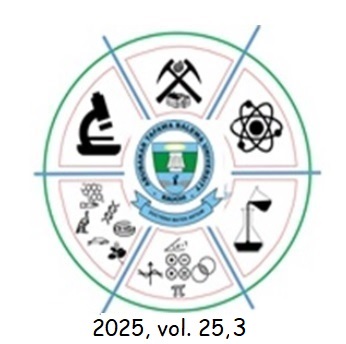MECHANISMS OF MICROPLASTICS AND NANOPLASTICS REMOVAL FROM AIR, WATER AND SOIL: A BRIEF REVIEW
Keywords:
Micro and Nano-plastics; Environmental Pollution; Treatment Techniques; Emerging Contaminants; BioremediationAbstract
Micro and nano-plastics are among the emerging contaminants that pose new challenges to the researchers and scientific community due to their adverse impacts and effects on human health and the environment. The treatment processes employed for the removal of micro- and nano-plastics from the environment (air, water and soil) are not common in the Literature. This study provides a basic review of treatment techniques for micro- and nano-plastics from the environment. Essential information and relevant data were collected and extracted from published databases such as PubMed link, Taylor and Francis Online link, ScienceDirect link and Google Scholar using the keywords: removal techniques of micro- and nano-plastics from water, air, and soil and a bibliometric analysis and a literature review on removal techniques of micro- and nano-plastics from water, air, and soil. The study revealed that treatment processes used for the removal include membrane technologies, advanced oxidation process, electro-coagulation, nano technology, bioremediation, dissolved air flotation, mycoremediation, grit chamber, anaerobic, anoxic and oxic processes, activated sludge process, sand filtration, rapid sand filtration, granular activated carbon, and adsorption. It was concluded that the efficacy of these techniques is a function of many factors, such as variations in the quantity of pollutants and in the selection of the technique to be used; sustainability should be the key factor
Downloads
Downloads
Published
Issue
Section
License
Copyright (c) 2025 Journal of Pure and Applied Sciences (Science Forum)

This work is licensed under a Creative Commons Attribution-NonCommercial-ShareAlike 4.0 International License.




